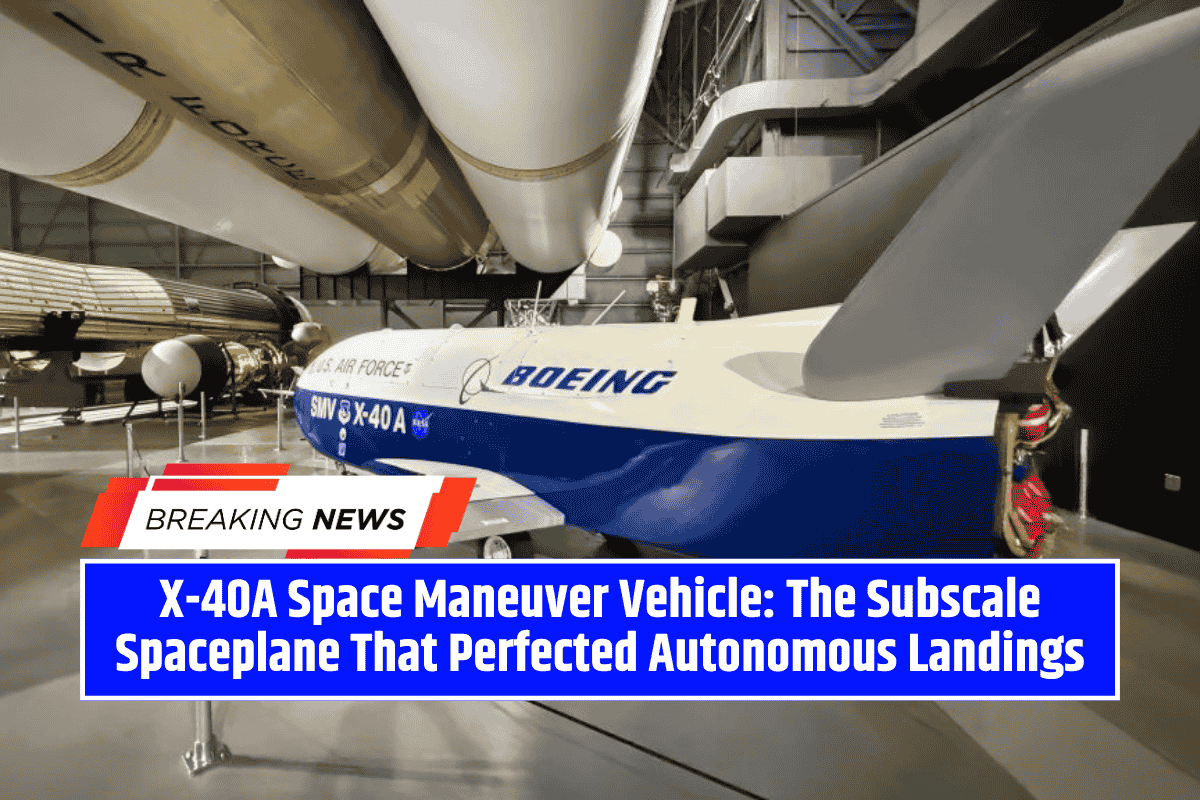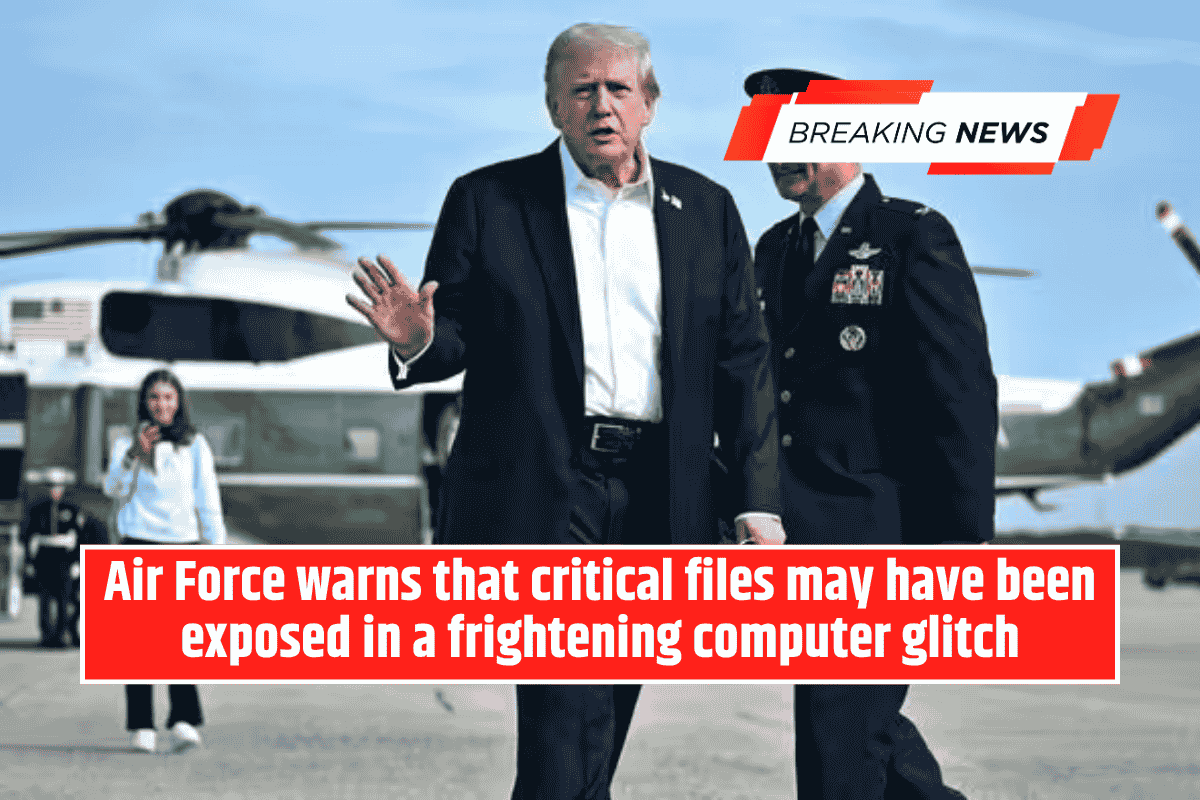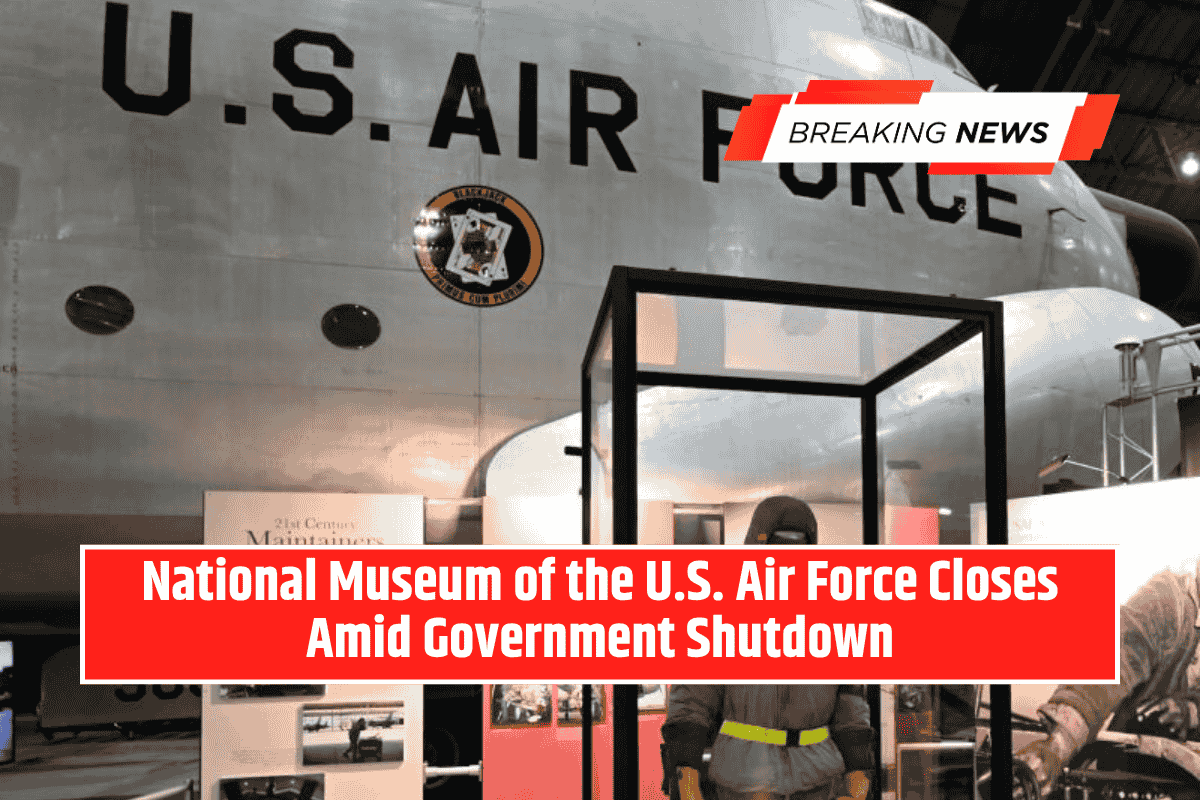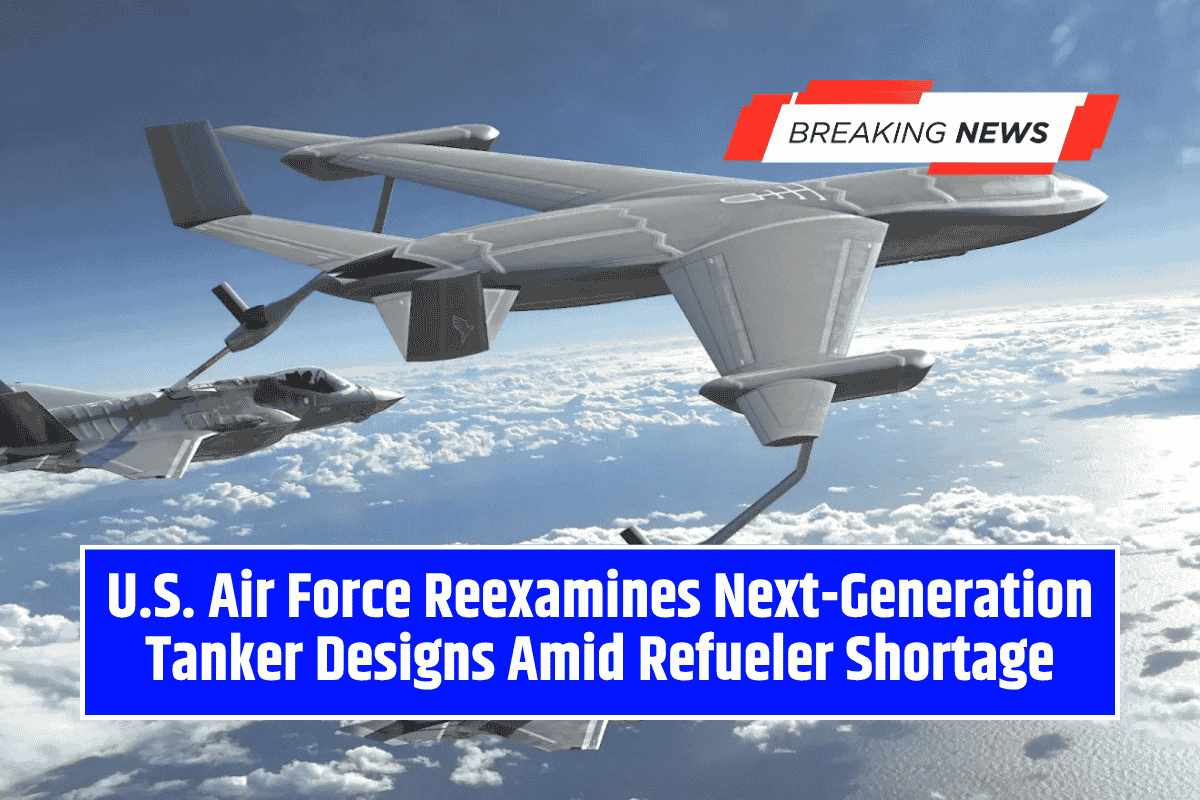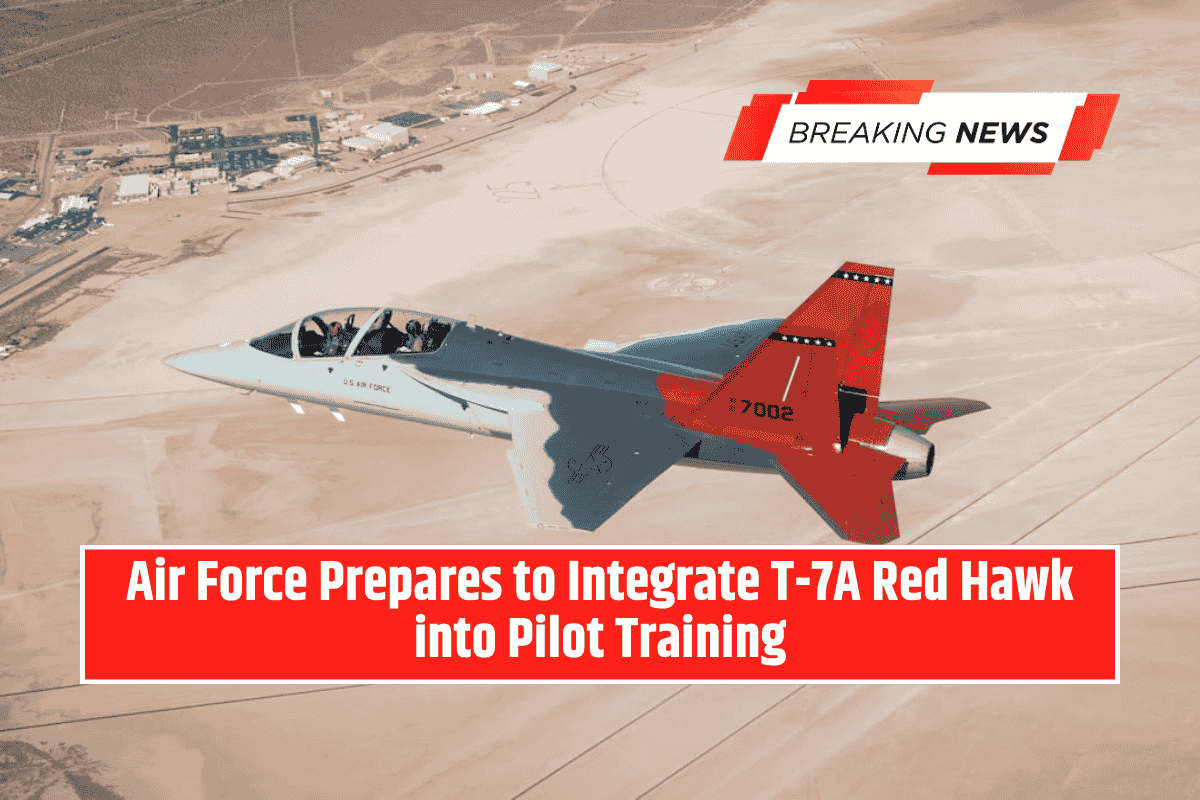In the post–Cold War era, U.S. planners sought a reusable, uncrewed spaceplane that could reenter Earth’s atmosphere, land precisely on a runway, and be turned around quickly for new missions.
Unlike the Space Shuttle, which was a large, crewed heavy-lift vehicle, the Space Maneuver Vehicle (SMV) was envisioned as small, autonomous, and capable of tasks such as on-orbit inspection, reconnaissance, and payload return.
Before building an orbital system, however, the Air Force and Boeing developed the X-40A, a subscale, unpowered demonstrator. Its purpose: to retire the riskiest part of any spaceplane mission—the final approach, flare, touchdown, and rollout.
Why a Subscale Demonstrator Was Needed
The X-40A allowed engineers to cheaply and safely test the most failure-sensitive aspects of a reusable spaceplane. It replicated mass properties, aerodynamic layout, and control surfaces of a full-scale orbiter without needing a thermal protection system or rocket propulsion. This made it a landing laboratory for:
- Autonomous guidance and control during steep, high-lift-to-drag glides.
- Ground-effect aerodynamics, crosswinds, and gust handling.
- Touchdown dynamics including brake performance and anti-skid logic.
- Mass distribution validation, ensuring simulation models matched real behavior.
Engineering and Guidance Systems
Externally, the X-40A looked like a compact winged reentry vehicle with a blunt nose, curved belly, elevons, and canted fins. Inside, it was a showcase of Guidance, Navigation, and Control (GN&C):
- Navigation suite: GPS/INS integration with radar/laser altimetry for flare timing.
- Autopilot logic: Energy management for steep glides, transitioning into a precise flare.
- Actuation redundancy: Fail-safe surface actuation with resilience to sensor dropouts.
- Landing systems: Rugged landing gear, anti-skid brakes, and differential brake steering.
Notably, the vehicle had no engines. It was dropped from a heavy-lift helicopter and relied solely on its algorithms to fly a steep glide and autonomously land.
Testing Approach
Flight tests were incremental. Each drop flight addressed specific technical questions: elevon authority in gusts, flare timing, brake loads, and ground-effect influence.
Engineers updated software between sorties, refining control gains and brake schedules until landings became repeatable and reliable.
Program History and Transition to X-37
- Late 1990s: Boeing built the X-40A at the Air Force’s request, roughly 85% the size of the later X-37.
- Initial flights: Proved core guidance, control, and landing logic.
- NASA collaboration: Expanded testing, refining control laws and building confidence.
- Transition: Lessons directly informed the X-37 program, which evolved into today’s X-37B—an operational orbital spaceplane for the U.S. Space Force.
Key Lessons Learned
- Autonomy is tied to airframe design—software and aerodynamics must be co-engineered.
- Energy management is everything—precise control of glide slope and flare timing proved essential.
- Redundancy without mass penalty—graceful degradation in avionics was possible without overloading weight.
- Test early and often—incremental sorties revealed subtle issues simulations missed.
- Scaling works if done carefully—data from X-40A mapped directly onto X-37B performance envelopes.
From X-40A to X-37B
The X-40A’s success gave engineers confidence to build the X-37B, which added:
- Thermal protection systems for orbital reentry.
- Propulsion and RCS for orbital maneuvering and deorbit burns.
- Solar power and payload bays for long-duration missions.
The runway landing autonomy proven by X-40A is now just one part of the X-37B’s fully automated end-to-end orbital operations.
Lasting Impact
The X-40A never reached orbit, but it solved the hardest atmospheric piece of the puzzle—landing safely and autonomously every time. That achievement flowed directly into the X-37B, which has since executed multiple long-duration missions, reentering and landing with precision.
Its legacy extends beyond the military: any future reusable spaceplane program, whether government or commercial, must tackle the same landing challenges the X-40A mastered.
A Small Vehicle With a Big Legacy
The X-40A proved that autonomous runway returns from space could be made routine. By making landings predictable and repeatable, it transformed a high-risk problem into a solved engineering discipline—paving the way for America’s operational reusable spaceplane era.
